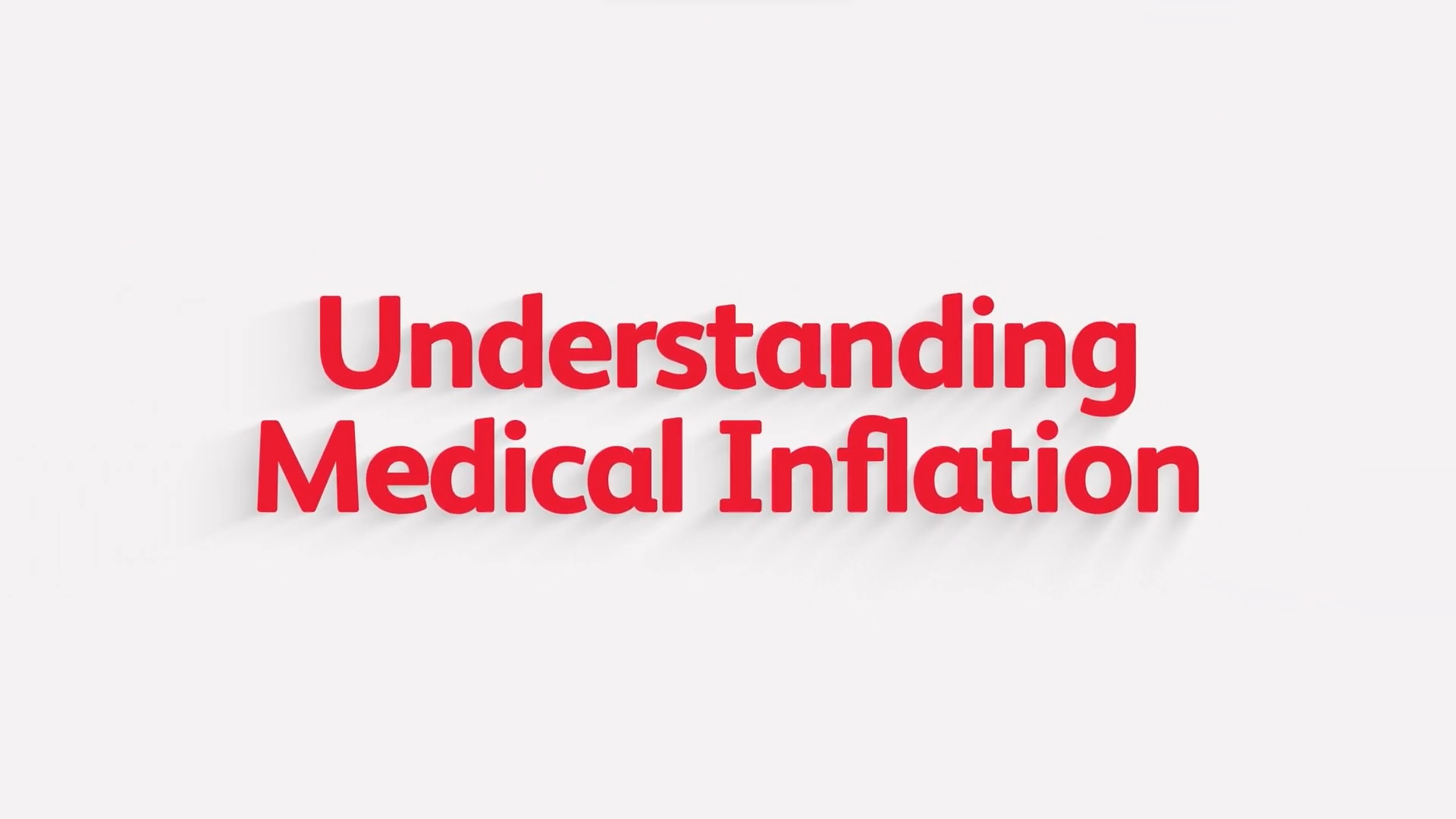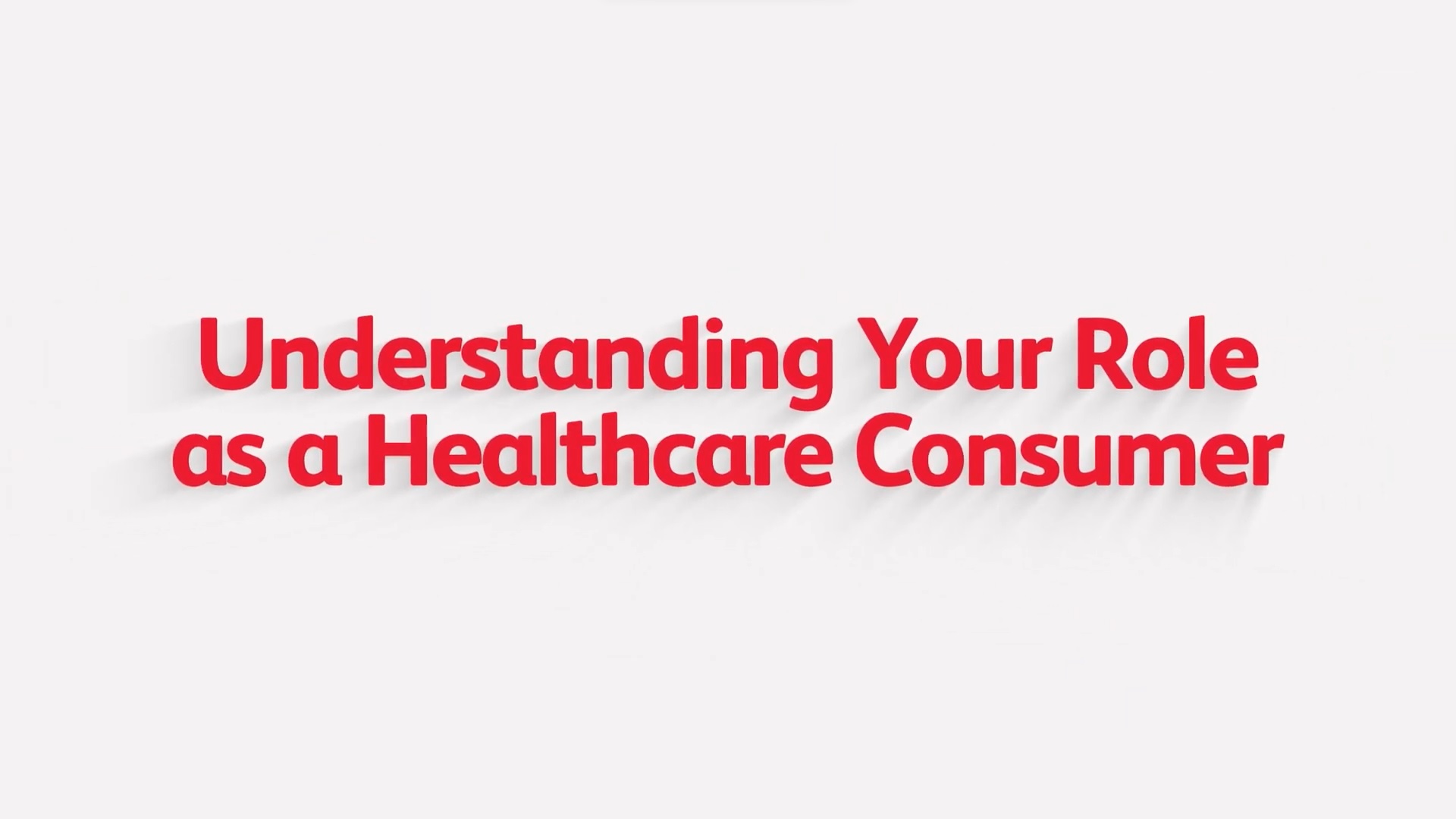Understanding Medical Revision

Note: On 20 December 2024, BNM announced Interim Measures to help customers manage their medical insurance premiums. To understand how this affects you, see here.
What Is Medical Revision?
Medical revision is the adjustment of insurance policy premiums due to medical inflation. This is often caused by a few factors such as the rise of non-communicable diseases, increased utilisation of health services, and advancements in medical technology.
We understand that life is unpredictable, and health is invaluable. That is why we take proactive steps to safeguard your long-term medical protection and we are committed to ensuring your medical needs are always accounted for. To guarantee ongoing protection for you, we consistently evaluate our medical plans to align with prevailing healthcare expenses through a medical revision.
Before diving deeper into medical revision, it’s helpful to understand how insurance works in general.
Watch this short video to learn the basics:
Why Are Medical Costs Rising?
To help you see how these factors are connected — and why they matter for your insurance — watch this short explainer video:
How Can I Manage Medical Revision?
Here’s a short video that walks you through the key points above—perfect for reinforcing your understanding of how to be a smart healthcare consumer:
What Do I Need To Know?
Why are my insurance charges and/or premium rates being revised?
To ensure you are always adequately protected, Prudential regularly reviews our medical plans against the current healthcare costs. Due to escalating healthcare costs and medical inflation that has resulted in higher claims for the medical portfolio, Prudential may undertake this revision every year, if necessary, to help ensure your long-term medical protection will be there for you when you need it.
Why do I need to pay the additional premium/recommended top-up?
The additional premium/ top-up is required to cover the increased insurance charges. With the increase in insurance charges, more units will be deducted from your policy account value to pay for the higher insurance charges. If you continue to pay the same amount of premium after the new premium effective date or do not top-up your policy after this revision, it is possible that your policy’s sustainability may be impacted and the policy may lapse earlier than expected. As for a Universal Life policy, No-Lapse Guarantees will be affected if a customer continues to pay the same amount of premium after the new premium effective date.
I have not made any claim. Why are my insurance charges and/or premium for my medical plan being revised?
How insurance works and is calculated, is by pooling and spreading the risks among all those who are insured in the portfolio. Health/medical insurance is no different. When you purchase health insurance, you join a group of other customers who have similar risk characteristics (such as age group, plan type, gender etc.). We (the insurance company) cover the entire group rather than individuals. Similarly, when we review our medical portfolio, it is conducted across the board.
Are the insurance charges and/or premium rates for my medical plan guaranteed?
The insurance charges and/or premium rates of our medical plans are not guaranteed, as shown in our product materials and product illustrations, as well as the policy. They can be revised provided that prior notice is given to customers (according to the notice period stated in the policy document).
Is there any change in benefits with this revision in insurance charges and/or premium?
All coverage and benefits remain the same.
I own several policies, why did I receive my Revision Notification Letters on different dates?
The revision of premium and insurance charges take effect from the policy anniversary date. Customers will receive their Revision Notification Letter at least 30 days before their policy anniversary date, depending on the type of medical plan.
Arising from this revision, what are the options available to me?
There are a variety of options that may apply to your specific situation. Listed below are some of the options you may wish to consider in reviewing your current policy coverage and affordability: -
|
Option(s) |
Details |
|
Convert to a Deductible or Med Saver Plan |
You may lower your premium by converting it to a Deductible or Med Saver Plan (if applicable) |
|
Review and downgrade current benefit(s) |
You may review and opt to downgrade your policy benefits to suit your needs, subject to the terms and conditions of the policy. However, we wish to remind you that any changes to your coverage will have an impact to your protection. |
|
Change premium payment frequency |
You may consider changing your premium payment frequency to lower down lump sum financial commitment (if applicable). |
|
Consider a different medical plan |
You may consider purchasing a new or different medical plan offered by Prudential, subject to underwriting. |
If you would like to review your existing coverage or consider the above options that may better meet your protection and financial needs, please do not hesitate to reach out to your Prudential Wealth Planner or Bank Representative.
What does Deductible or Med Saver mean?
Deductible or Med Saver is usually a fixed amount you pay out of your pocket for medical expenses before your medical plan starts to pay out. In the case of a RM300 Deductible or Med Saver amount, you will have to pay a fixed amount of RM300 of total expenses covered under your policy for a disability (excluding the cost of daily room & board). The remaining balance of eligible benefits will be paid by Prudential up to the annual and lifetime limits, subject to reasonable and customary charges. Please refer to your policy document for more details.
What are the initiatives taken by Prudential to manage claims cost?
We continuously engage and collaborate with our healthcare providers to maintain high-quality care at preferred rates. One of our key initiatives is PRUPanel Plus, a nationwide network of close to 100 carefully selected top panel hospitals and specialist centres, designed to provide our customers with better value and care. Additionally, we actively participate in ongoing discussions with the Life Insurance Association of Malaysia (LIAM), Ministry of Health (MOH), and the Association of Private Hospitals of Malaysia (APHM) to address escalating healthcare costs.
Last year my insurance charges and/or premium amount for my medical plan were increased. Why are the insurance charges and/or premium amount revised again this year?
Every year, we evaluate our medical portfolio to align with current healthcare costs so we can ensure ongoing protection for you and your loved ones. However, the trend of rising medical inflation and claims utilisation has negatively impacted the long-term sustainability of the medical portfolio.
Therefore, it is necessary to review the insurance charges and/or premium rates of your medical plan this year. This ensures that your long-term medical protection remains reliable and available when you need it.
Want to Understand More about Your Policy Changes?
Explore the Topics Below
If you have any questions or concerns, your Wealth Planner is there to support you.
Do reach out to them to get the help that you need.

For further assistance, policyholders may reach out to our dedicated hotline at:
PAMB: 03-2771 2450 or shareyourfeedback@prudential.com.my
(Monday to Friday, from 8.30am to 5.15pm)










